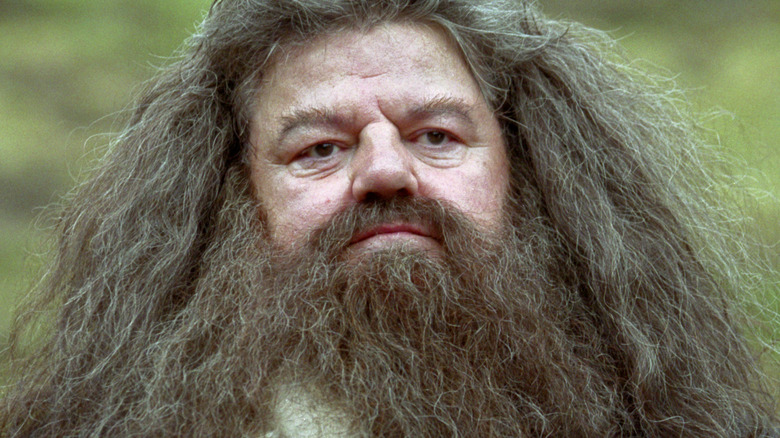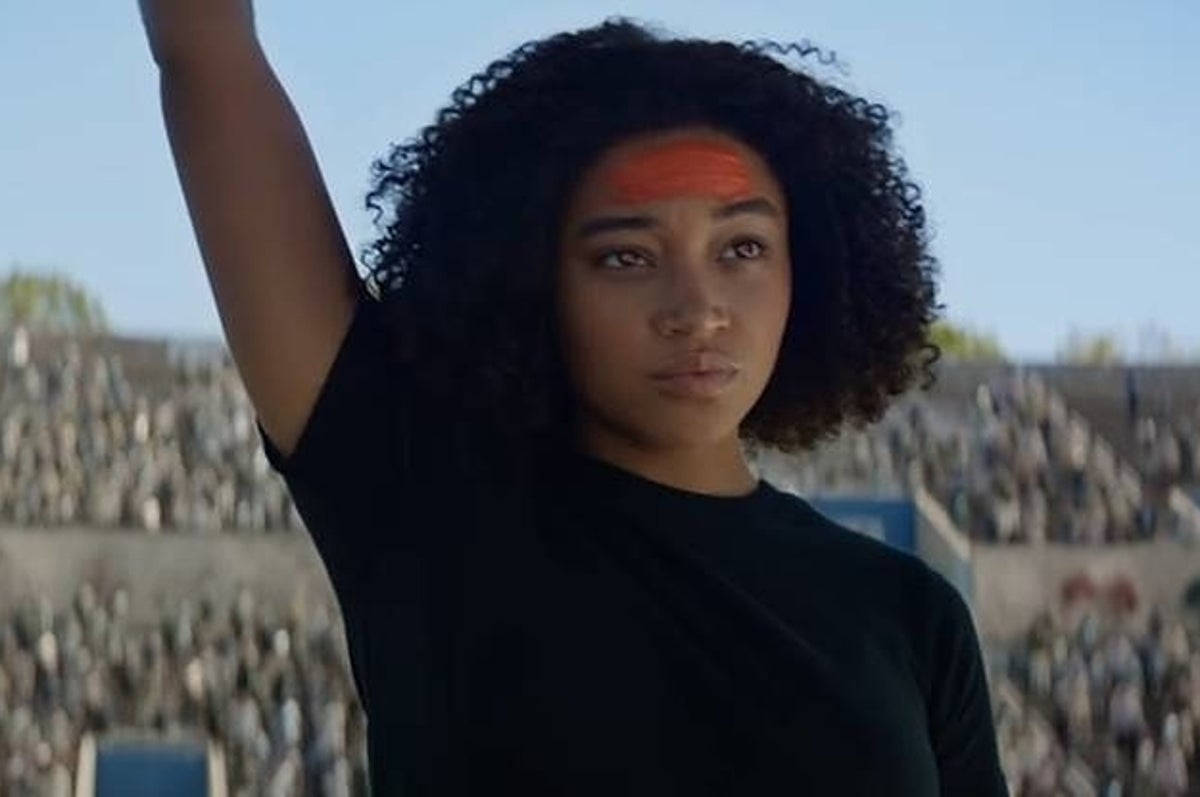Character descriptions serve multiple purposes.
Firstly, they allow you to create memorable and distinctive characters in your novel. Secondly, character descriptions are a way for you to flex your writing muscles. Describing a character as tall, dark, and handsome is technically a description…but only barely. Lastly, a good character description is one that informs the reader on a couple of very important bits of information.
A character description is more than just a physical description (we’ll explore that in a second). You know those blurbs on the back of a book? The ones that give you a taste of what you’re in for if you decide to read through a book? A good character description includes some of those same elements. Reading a character description should prepare the reader for who this character is, what their goals are, what their flaws are, and how their presence impacts the world around them.
Easier said than done.
Let’s look at some examples of both good and bad character descriptions.
The Bad
Here are some examples that fall short, along with the reasons why.

Harry Potter and the Sorcerer’s Stone by J K Rowling
“A giant of a man was standing in the doorway. His face was almost completely hidden by a long, shaggy mane of hair and a wild, tangled beard, but you could make out his eyes, glinting like black beetles under all the hair.”
Uh oh, I’m about to call something from Harry Potter bad. Hold on, let me explain.
Hagrid is a great character and his description is given much more attention in later books. Here, we’re introduced to Hagrid in action. Harry sees Hagrid for the first time as Hagrid bursts through the door to take him to Hogwarts. He’s an important character in the series and one that becomes very fully realized.
However.
Our first introduction to him is a list of physical characteristics.
Character Descriptions are more than a physical checklist.
Now, I’ll admit that this description is presented in a moment of fear and action as Harry is terrified by the entrance of Hagrid. Maybe physical descriptions is all that we have time for. I’m aware that a writing choice could have been made here to make the moment tense for the audience and then have that tension ease as we discover that Hagrid is not the terrifying giant, but a gentle soul instead.

Violin by Anne Rice
“And she looked the way he had always hated her–dreamy and sloppy, and sweet, with glasses falling down, smoking a cigarette, with ashes on her coat, but full of love, her body heavy and shapeless with age.”
Anne Rice always has me torn. I have not read any of her vampire books, but I very much want to.
In all the character descriptions that I read from her works, though, I notice that she spends so much time on the surface. If you remember from the video above, in the excerpt from The Vampire Armand, a character is fully described by their clothes. We’re very close to that here, too. The description tells us nothing about the character that we couldn’t see with our own eyes. It’s a physical checklist.
Again, influenced by the narrator, we get some hints at the relationship between the narrator and this character. So, that’s a step in the right direction.
The Good
Finally, let’s explore some of the good character descriptions.

The Great Gatsby by F Scott Fitzgerald
“He smiled understandingly-much more than understandingly. It was one of those rare smiles with a quality of eternal reassurance in it, that you may come across four or five times in life. It faced–or seemed to face–the whole eternal world for an instant, and then concentrated on you with an irresistible prejudice in your favor.”
Why is this a good character description? Let’s understand a couple things about the context of the novel.
The Great Gatsby is an iconic book in American Literature and Jay Gatsby is the titular character. He is presented here with a smile before anything else. A smile that hints at something under the surface, something more than what we are privy to. His entire character description is framed within that smile. We sense his charisma, told to us by the narrator.
I really want to focus on the “smiled understandingly-much more than understandingly” part. Our narrator immediately notes to the reader that Gatsby is more than he seems. What makes this such a great character descriptions is that this aspect of Gatsby’s character is maybe the largest theme about the character. The entire book explores this enigmatic figure of Jay Gatsby and we immediately get a taste of what we’re in for with his introduction.
The first major takeaway from a good character description is that the description should support the rest of the novel.
If Gatsby had been introduced as a charming person, full of wit and surrounded by wealth, then he would blend in with the supporting cast of characters. In the world of the novel, every other character is also charming, wealthy, and fill of witty comments and comebacks. What makes Gatsby special? What makes him stand out?
Throughout the reading of the book, we keep learning that Gatsby is just much more than what is on the surface. He has depth and complexity. And that is what sets him apart from all of the other characters around him. This descriptions begins that theme of the novel and everything that follows supports it.

Twilight by Stephenie Meyer
“I vividly remembered the flat black color of his eyes the last time he glared at me – the color was striking against the background of his pale skin and his auburn hair. Today, his eyes were a completely different color: a strange ocher, darker than butterscotch, but with the same golden tone.”
What’s that? Surprised by a Twilight example? I get it. But, let’s explore a more modern example of character description. I would argue that this description resonates with the same principles found in the Gatsby piece.
We’re presented to a character, through the eyes of our narrator, that is seemingly more than we expect. In this case, we’re seeing a character that has two opposing sides. The internal struggle that Edward goes through is presented in this character description with his eyes. At times, we see the more animalistic side of the character. The flat black color of his eyes. Other times, when the animalistic nature is more under control, we see his eyes as this other color.
The same ideas are found in this character description, but it is less impactful than what we experience in Gatsby simply because the rest of the novel doesn’t support this character dilemma in the same way. The description is less subtle and the supporting details that follow in the book don’t support the character as much.
A clear example of how important that support is.

The Hunger Games by Suzanne Collins
“She’s the twelve-year-old, the one who reminded me so of Prim in stature. Up close she looks about ten. She has bright, dark eyes and satiny brown skin and stands tilted up on her toes with arms slightly extended to her sides, as if ready to take wing at the slightest sound. It’s impossible not to think of a bird.”
I considered whether this description should be in the bad category. But, after reading it more and thinking on it, I decided that was a good takeaway here. In the context of the book, the main character Katniss encounters Rue, a young girl that reminds Katniss of her sister.
The description of Rue almost landed in the above category because it is so largely physical. But, the very last line of the description changed my mind. This one line, “…as if ready to take wing at the slightest sound. It’s impossible not to think of a bird,” brought me around.
The best character descriptions support physical description with something more.
In the above examples, we were given hints at the motivations or goals of the characters. Dilemmas that the character’s face. Here, we get something else. We get movement.
I think a lot of the best character description should include some sort of action, comparison, or twist. It’s memorable. Here, the simple comparison to a bird gives the reader loads of information that help realize the character. Words like “flighty”, “quick”, “scared”, and “timid” all come to mind without the author having to tell the reader.

Ender’s Game by Orson Scott Card
“Ender did not see Peter as the beautiful ten-year-old boy that grown-ups saw, with dark, tousled hair and a face that could have belonged to Alexander the Great. Ender looked at Peter only to detect anger or boredom, the dangerous moods that almost always led to pain.”
My favorite example of a character description. This is so perfectly done. And in only two sentences, too.
The description of Peter is told through the narration of his younger brother, Ender. Because of this, we get an incredibly important aspect of the story presented in the narration. Peter presents himself differently to adults than he does to Ender. He is manipulative. He is deceitful. He is dangerous to Ender.
All of these points are supported throughout the novel.
More importantly, this is the first of our character descriptions here that nearly bypass the physical description entirely. We are told that peter as dark hair and a face like Alexander the Great. That’s it. It doesn’t really mean anything. What does Alexander the Great look like? Would you be able to picture this character vividly in your mind without going out of your way to look up this historical figure to make some sort of comparison?
Of course not.
But, also, why should you have to? The physical description of characters rarely means much. Other descriptions have focused much more on the tone of skin, the color of hair, the darkness of the eyes; but why?
Physical description means nothing.
It is totally okay to leave the physical description of your character in some minimal state. It won’t change the reading experience in the slightest if Orson Scott Card had spent 200 words describing the freckles on the cheeks of Peter or the way that his smile lights up a room.
Gatsby’s description is the only other one in this article that has shared this sentiment. Gatsby, in his introduction, is not given a single physical detail besides his smile.
The Takeaways
- Character descriptions are more than a physical checklist
- Physical details are not as important as character details
- The best character descriptions support physical description with something more
- Character descriptions should be supported by the rest of the novel
